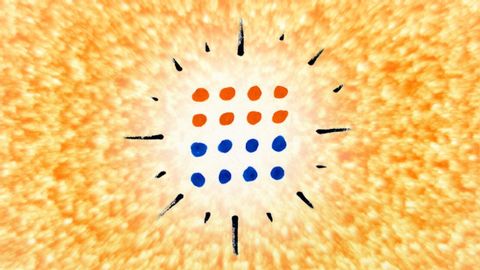ビッグバンの写真(別名:宇宙最古の光
Why Why が 2020 年 08 月 06 日 に投稿  この条件に一致する単語はありません
この条件に一致する単語はありません- v.t.火をつける;点灯する : (照明を)つける
- adj.明るい;薄い;軽い;軽い
- n. (c./u.)光;明瞭化;光;照明;信号;表情
- adv.(旅行をするときに)荷物を少なくして
- adj.怒った : 興奮した;上手な;熱い : 暑い;流行している : 人気のある;セクシーな;(食べ物が)辛い;盗品の : 逮捕される危険性のある
- adj.小さい;(アルファベットの)小文字の : 小文字で書かれた;重要でない : 主要でない;小さい;小規模の;(音 : 声が)弱い;低い;小さい;幼い
エネルギーを使用
すべての単語を解除
発音・解説・フィルター機能を解除
